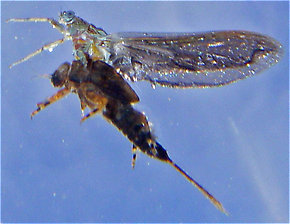Blog & Latest Updates
Fly Fishing Articles
Insects by Common Name


Troutnut.com User Gladeriaen
Send Gladeriaen a Private Message
To do this you have to log in at the top of the page. If you haven't registered yet, it's this easy:Gladeriaen's Favorite Troutnut.com Pictures
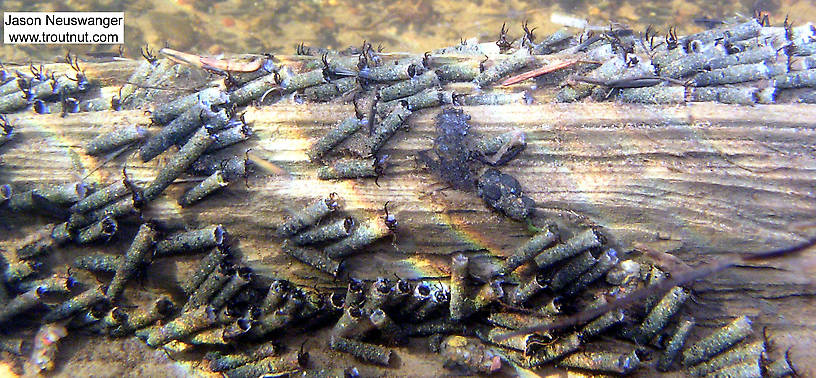
Hundreds of cased caddisfly larvae live on this log in a small brook trout stream.
In this picture: Insect Order Trichoptera (Caddisflies).
In this picture: Insect Order Trichoptera (Caddisflies).
StateWisconsin
LocationEighteenmile Creek
Date TakenApr 14, 2004
Date AddedJan 25, 2006
AuthorTroutnut
CameraOlympus C740UZ
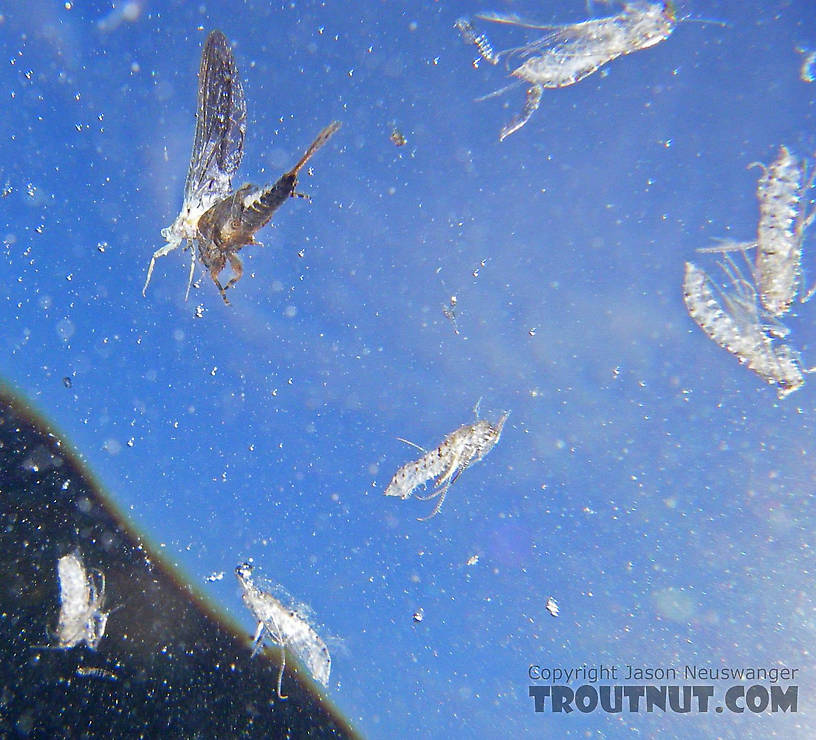
This picture from below shows a stillborn (Stillborn: In fly fishing, a stillborn insect is one which got stuck in its nymphal or pupal shuck during emergence and floats helplessly on the surface instead of flying away. It is a specific class of cripple, although it is sometimes used interchangeably with that term.) Ephemerella subvaria (Hendrickson) dun drifting on the surface amidst a number of shed pupal skins from Brachycentrus caddisflies which were heavily hatching that day.
In this picture: Mayfly Species Ephemerella subvaria (Hendrickson) and Caddisfly Species Brachycentrus appalachia (Apple Caddis).
In this picture: Mayfly Species Ephemerella subvaria (Hendrickson) and Caddisfly Species Brachycentrus appalachia (Apple Caddis).
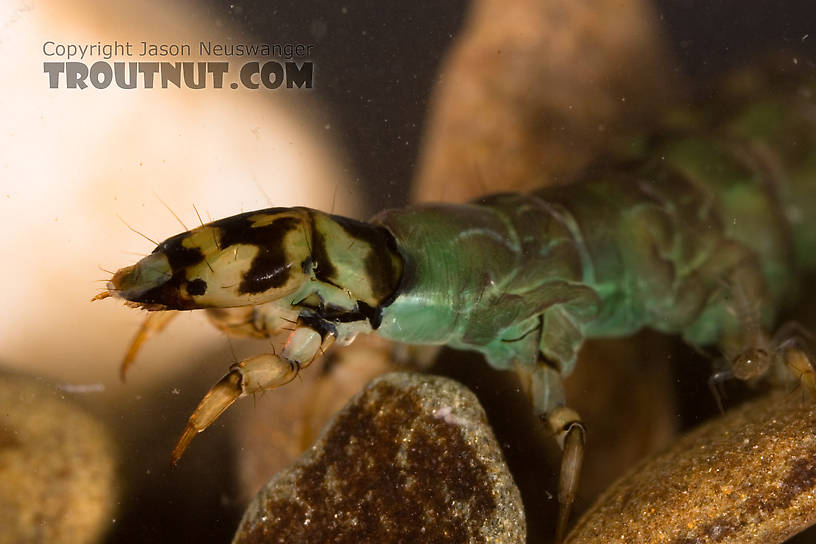
AuthorTroutnut
CameraCanon EOS 20D
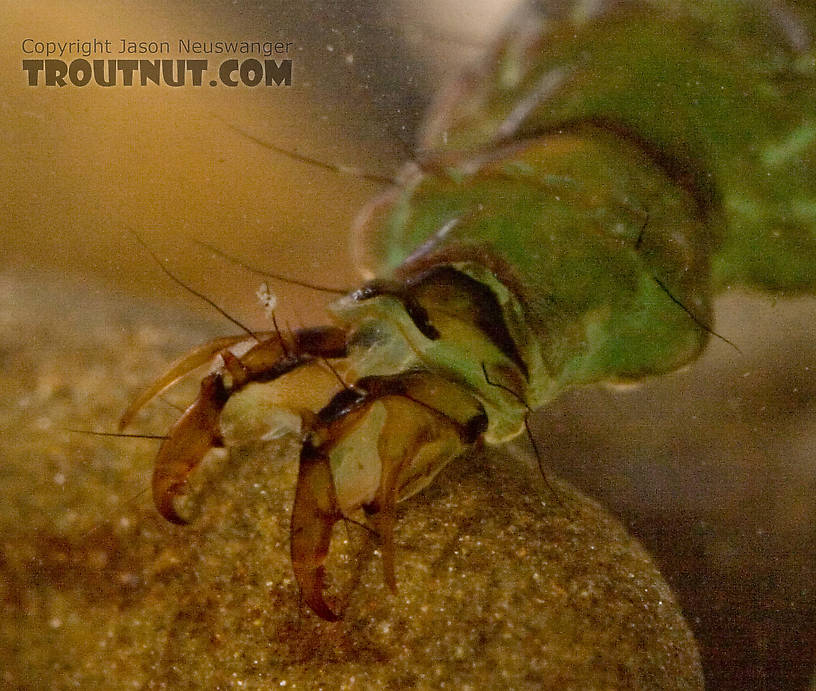
This picture came out poorly, but it still shows pretty well just what effective tools those rear prolegs are for caddis larvae to grip the rocks. It can be surprisingly hard to pick them up when they're grabbing onto something.
Rhyacophila fuscula (Green Sedge) Caddisfly Larva from Mystery Creek #62 in New York
Rhyacophila fuscula (Green Sedge) Caddisfly Larva from Mystery Creek #62 in New York
AuthorTroutnut
CameraCanon EOS 20D
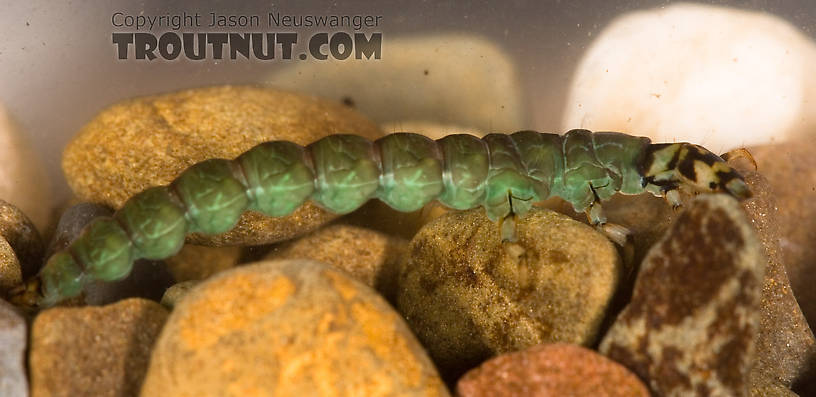
AuthorTroutnut
CameraCanon EOS 20D
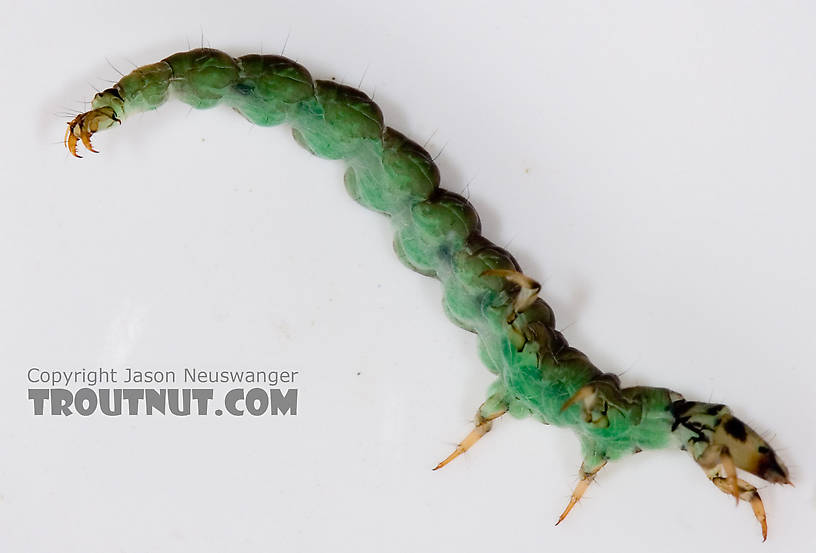
AuthorTroutnut
CameraCanon EOS 20D
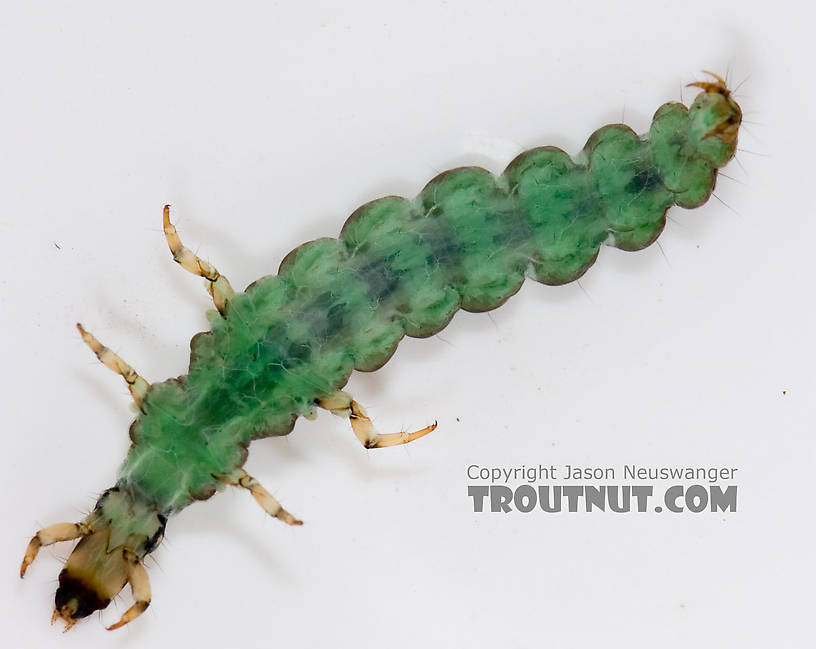
AuthorTroutnut
CameraCanon EOS 20D
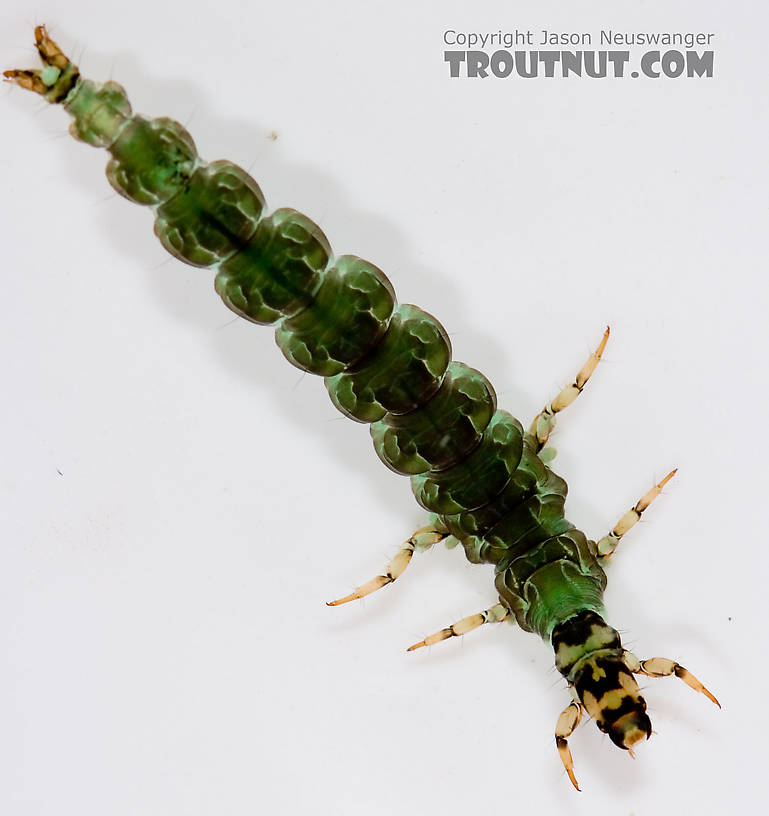
AuthorTroutnut
CameraCanon EOS 20D
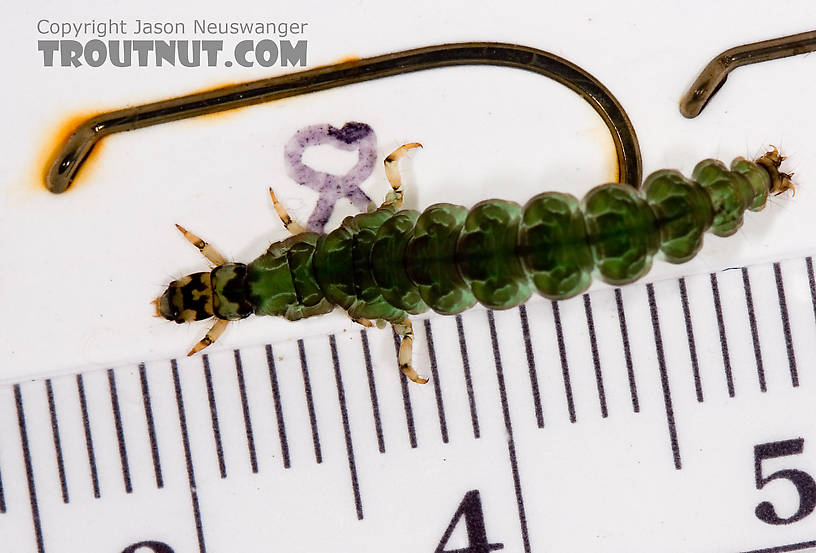
AuthorTroutnut
CameraCanon EOS 20D
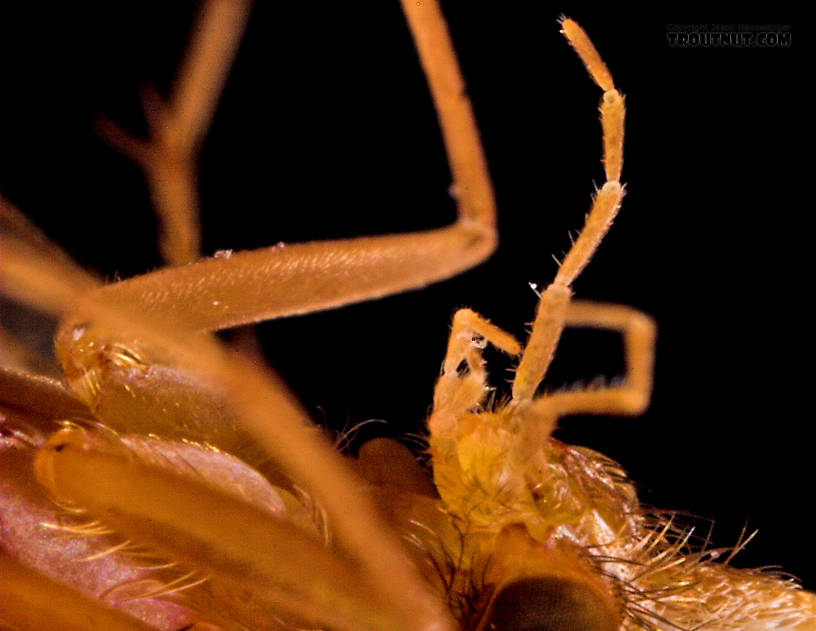
AuthorTroutnut
CameraCanon EOS 20D
Troutnut.com is copyright © 2004-2024 Jason
Neuswanger (email Jason). See my FAQ for information about use of my images.
 privacy policy
privacy policy

